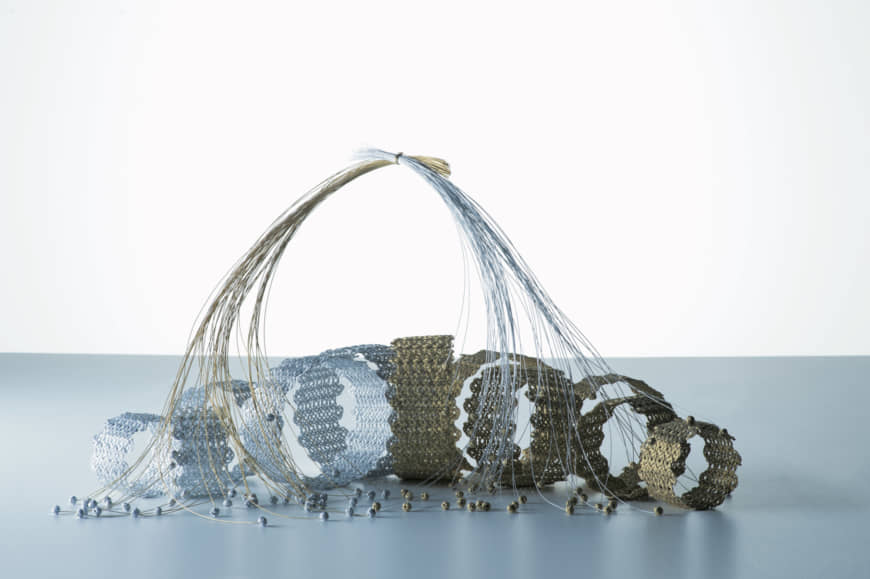Since the introduction of papermaking techniques from continental Asia in the early seventh century, Japan has developed its own unique paper culture.
This unassuming material is deeply rooted in many aspects of Japanese life, as demonstrated by the enduring popularity of shoji and fusuma — two types of sliding door made light and easy to handle, as well as decorative, by the use of paper. But washi, the traditional paper of Japan, is much more than a versatile resource. It is also intimately associated with celebration.




















With your current subscription plan you can comment on stories. However, before writing your first comment, please create a display name in the Profile section of your subscriber account page.